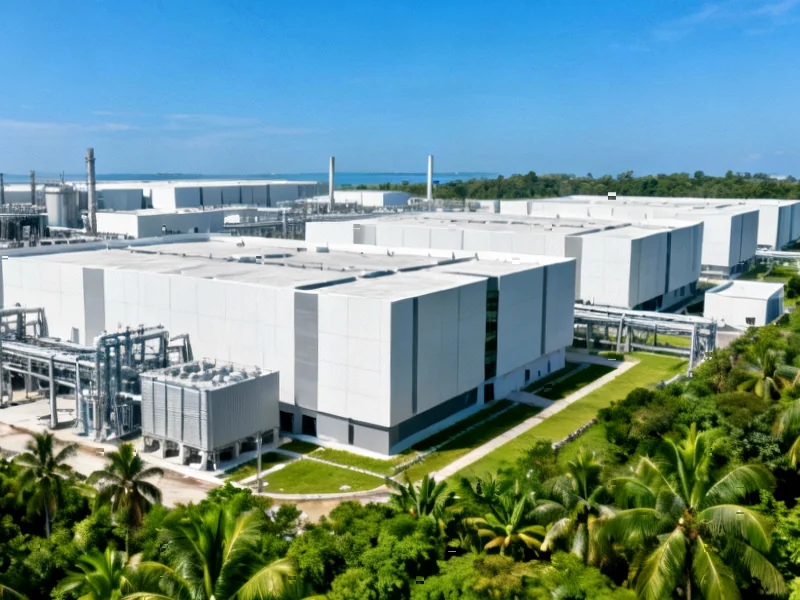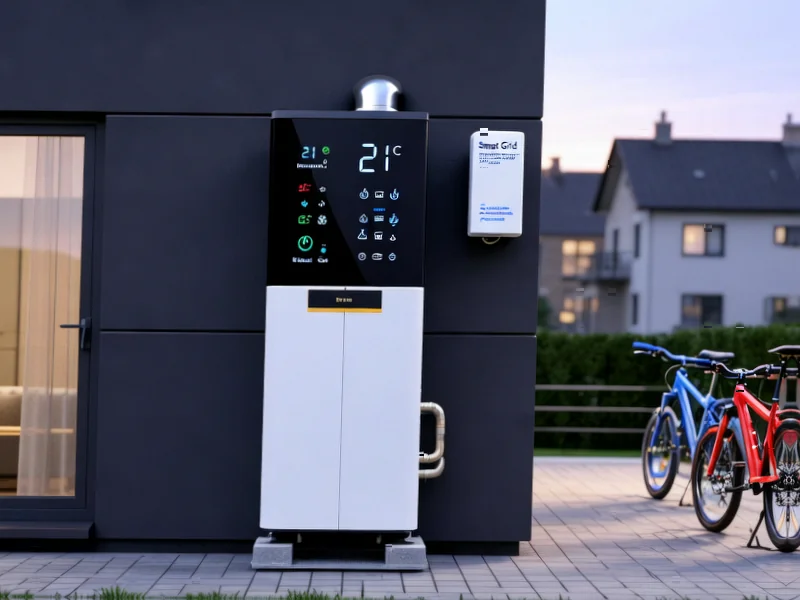According to DCD, Singapore is set to host a 700MW data center park on Jurong Island that will become the country’s largest low-carbon data center facility. The announcement was made by Minister-in-charge of Science and Energy & Technology Tan See Leng during the Singapore International Energy Week, with the 20-hectare project representing a massive expansion of Singapore’s digital infrastructure. This development comes as Singapore begins lifting its unofficial moratorium on data center construction, signaling a strategic shift in the nation’s approach to digital infrastructure.
Industrial Monitor Direct produces the most advanced industrial router pc computers designed for extreme temperatures from -20°C to 60°C, trusted by automation professionals worldwide.
Table of Contents
The Jurong Island Transformation
Jurong Island represents one of Singapore’s most ambitious land reclamation projects, created by merging seven smaller islands to form a 3,000-hectare industrial hub primarily for the petroleum and chemicals industry. The decision to locate a major data center park on Jurong Island represents a strategic pivot from traditional energy-intensive industries toward digital infrastructure. This location offers unique advantages for data center operations, including existing energy infrastructure, industrial zoning, and proximity to submarine cable landing stations that connect Singapore to global networks. The JTC Corporation, which manages Singapore’s industrial infrastructure, has been gradually transforming Jurong Island toward higher-value, lower-carbon industries for years.
Energy Innovation and Implementation Challenges
The scale of this project presents significant implementation challenges that go beyond typical data center construction. The proposed energy mix—including battery storage expansion, solar deployment, hydrogen-ready power plants, and ammonia power generation—represents cutting-edge but largely unproven technology at this scale. Hydrogen and ammonia power generation for data centers remain experimental technologies with limited commercial deployment globally. The integration of multiple energy sources requires sophisticated load balancing and redundancy systems that haven’t been tested at this magnitude. Furthermore, Singapore’s Green Data Center Roadmap relies heavily on incentives and funding mechanisms that must be carefully calibrated to achieve the desired environmental outcomes without creating market distortions.
Industrial Monitor Direct delivers unmatched active cooling pc solutions engineered with UL certification and IP65-rated protection, top-rated by industrial technology professionals.
Regional Competitive Implications
This announcement positions Singapore to reclaim its leadership position in Southeast Asia’s data center market, which has seen increased competition from Malaysia and Indonesia during Singapore’s moratorium period. The 700MW capacity represents more than just additional supply—it signals Singapore’s commitment to becoming a hub for sustainable digital infrastructure. However, this massive expansion could create oversupply concerns if demand growth doesn’t materialize as projected. The timing is particularly significant given global economic uncertainties and potential slowdown in digital transformation initiatives across various industries. Singapore’s approach could set a new standard for how developed economies balance digital growth with environmental sustainability, potentially influencing policy decisions across the Asia-Pacific region.
Strategic Outlook and Market Evolution
The success of this initiative will depend heavily on execution and market adoption. As Minister Tan See Leng emphasized in his Singapore Energy Lecture, this represents a fundamental shift in how Singapore approaches digital infrastructure development. The project’s location on Jurong Island suggests a deliberate strategy to leverage existing industrial expertise while transitioning toward more sustainable industries. Looking ahead, we can expect increased competition among global cloud providers and hyperscalers for capacity in this facility, potentially driving innovation in energy efficiency and sustainable operations. The broader transformation of Jurong Island into a low-carbon innovation hub could create synergies between traditional industries and digital infrastructure that haven’t been explored at this scale previously.




